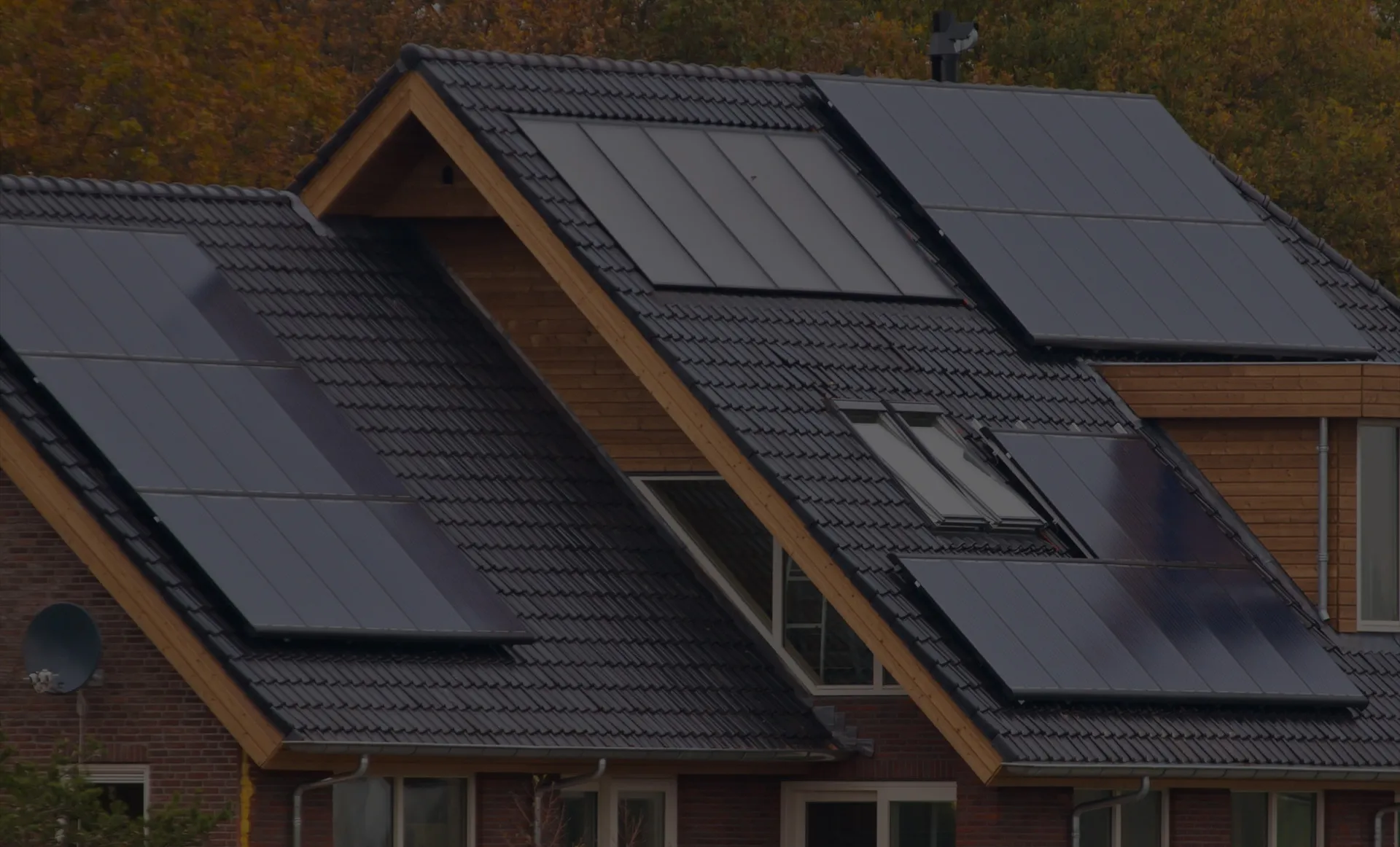bifacial photovoltaic modules
Exploring the Potential of Bifacial Photovoltaic Modules
In recent years, the demand for renewable energy sources has surged, driven by the global need to mitigate climate change and reduce dependence on fossil fuels. Among various innovations in solar technology, bifacial photovoltaic (PV) modules have emerged as a promising solution that enhances energy generation by harnessing sunlight from both sides of the panels. This article delves into the workings, benefits, challenges, and future prospects of bifacial PV modules.
How Bifacial PV Modules Work
Bifacial PV modules are designed with solar cells embedded on both the front and rear sides of the panels. This unique structure allows them to capture direct sunlight from the front while also utilizing reflected sunlight (albedo) from the ground or surrounding surfaces on the rear side. The amount of additional energy collected from the rear side depends on various factors, including the reflectivity of the ground, the angle of installation, and climatic conditions.
Benefits of Bifacial PV Modules
One of the main advantages of bifacial PV modules is their increased energy output compared to traditional monofacial modules. Research indicates that bifacial modules can produce 10% to 30% more energy, depending on deployment conditions and site selection. This enhanced performance makes them a cost-effective option for large-scale solar installations, potentially lowering the levelized cost of electricity (LCOE).
Additionally, bifacial modules tend to have longer lifespans due to their robust design and reduced thermal degradation. Since both sides are capable of energy generation, they also mitigate the risk of shading issues that commonly affect traditional solar panels. Moreover, bifacial panels often use transparent backsheets or glass, which can improve aesthetics and durability.
Suitable Applications
bifacial photovoltaic modules

Bifacial technology is particularly beneficial in locations with high ground reflectivity, such as deserts or snowy regions, where the albedo effect significantly contributes to energy generation. These modules are suitable for various applications, from utility-scale solar farms to rooftop installations. Their versatility has made them increasingly popular in emerging markets, where the demand for efficient and sustainable energy solutions is on the rise.
Challenges and Considerations
Despite the advantages, the deployment of bifacial PV modules comes with challenges. One primary consideration is the upfront cost, which can be higher than traditional monofacial modules due to the advanced technology and materials employed. Additionally, optimizing the installation angle and ensuring proper ground material to maximize reflectivity can complicate site selection.
Another challenge lies in the lack of standardized testing methods for bifacial modules, which can lead to discrepancies in performance ratings. The industry requires uniform standards and guidelines to ensure that manufacturers provide reliable performance claims.
Future Prospects
Looking ahead, bifacial PV technology is poised for significant growth. As solar energy continues to evolve, research and development efforts are focusing on improving the efficiency and cost-effectiveness of bifacial modules. Innovations in materials, such as thinner solar cells and advanced coatings that enhance light absorption and reflection, hold promise for increasing energy output.
Furthermore, as the global push for clean energy intensifies, the integration of bifacial technology into energy storage systems and hybrid installations could maximize its potential. Policy support, incentives for renewable energy, and increased awareness of the environmental impact of fossil fuels will likely drive the adoption of bifacial modules worldwide.
In conclusion, bifacial photovoltaic modules represent a significant leap forward in solar technology, offering enhanced energy output and versatility. While challenges remain, the ongoing advancements and growing recognition of the value they bring to renewable energy efforts will shape the future of solar energy generation. As we move toward a more sustainable energy future, bifacial PV technology stands out as a beacon of innovation in the quest for increased efficiency and reduced environmental impact.
-
Understanding the Advantages of Solar String Inverters for Your Energy SystemNewsApr.29,2025
-
Choosing the Right PV Inverter: A Comprehensive GuideNewsApr.29,2025
-
The Future of Solar Power: Exploring Bifacial Solar PanelsNewsApr.29,2025
-
The Complete Guide to Solar Panels: Efficiency, Cost, And InstallationNewsApr.29,2025
-
The Best Options for Efficiency and Cost-EffectivenessNewsApr.29,2025
-
Harnessing the Power of Off-Grid Solar Inverters for Energy IndependenceNewsApr.29,2025







